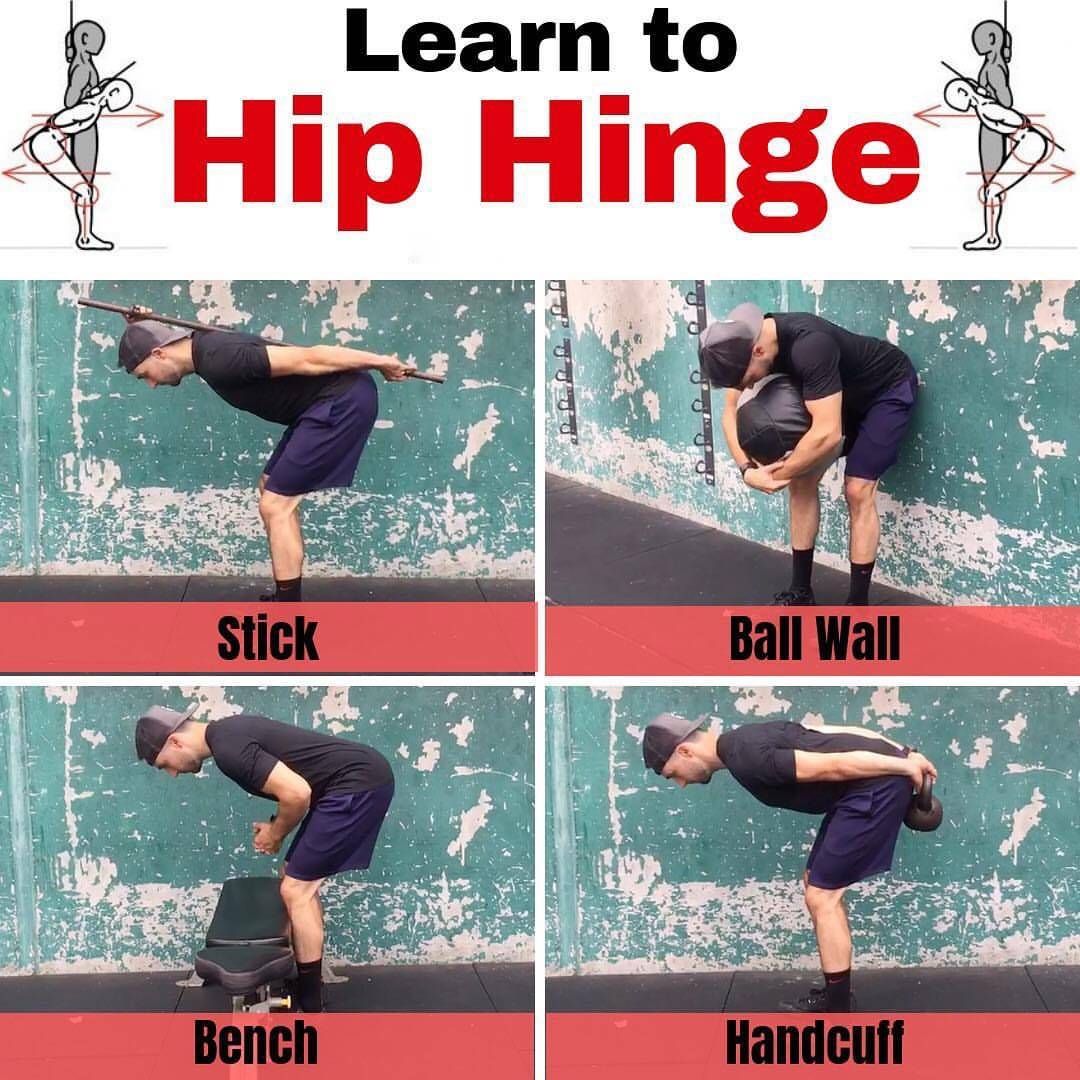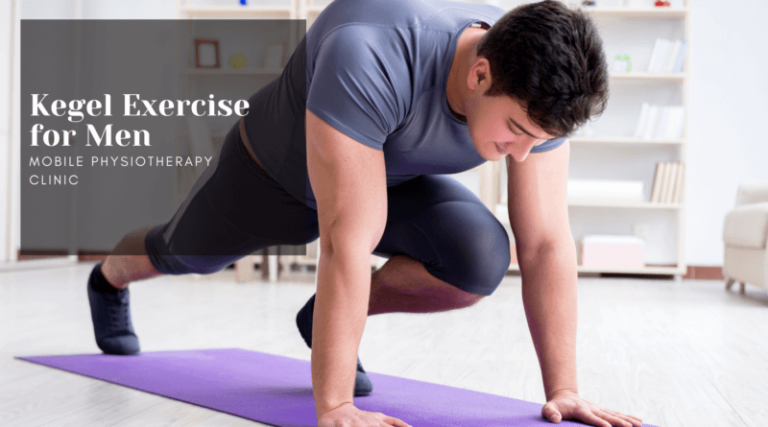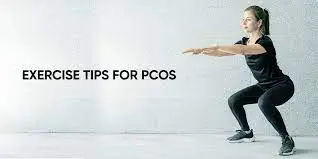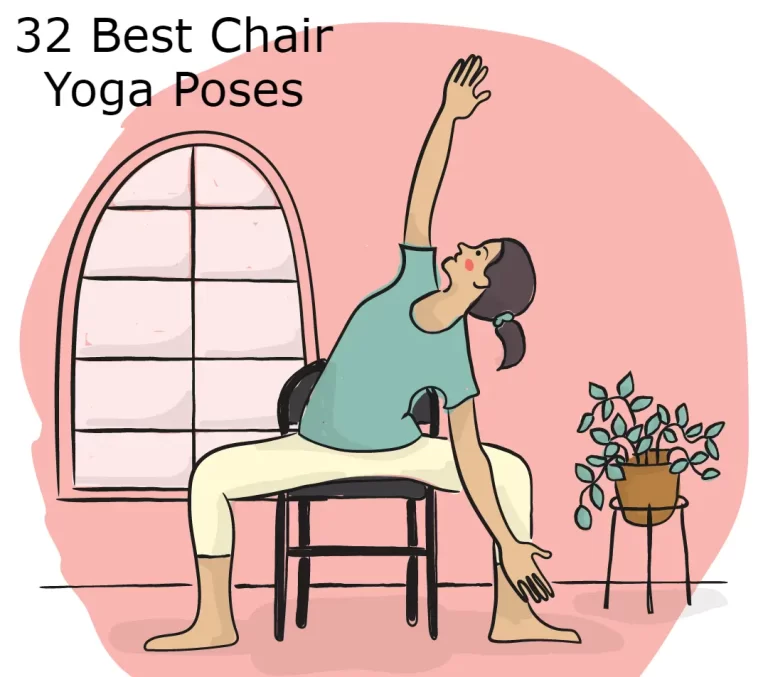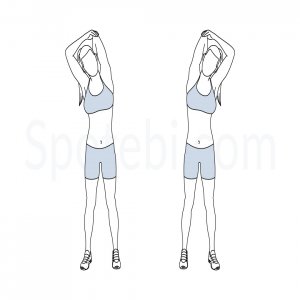Hip Hinge exercise: Muscle worked, Health Benefits, How to do?
What is Hip Hinge exercise?
The Hip Hinge is an exercise that primarily targets the posterior part of the body. The muscles located in the posterior part of the lower body are the hamstrings, Glutes. This exercise also utilizes abdominals and core muscles.
When you perform hinges from the hips, your spine should be neutral and the bend should occur from your hips. If your lower back allows the hinge or bending, this will cause pain and decrease the range of motion of the movement.
Which muscles is used to perform hip hinge exercise?
- Hamstring muscles
- Glutes muscle
- Erector spinae
Health Benefits of hip hinge exercise.
- Helps to strengthen your core muscles.
- Improve athletic performance.
- Helps to improve balance.
- Helps to do essential tasks like bending forward and picking up the objects.
- Boost your fitness level.
- Helps to reduce back pain.
- Helps improve lower body strength.
How to perform hip hinge exercise?
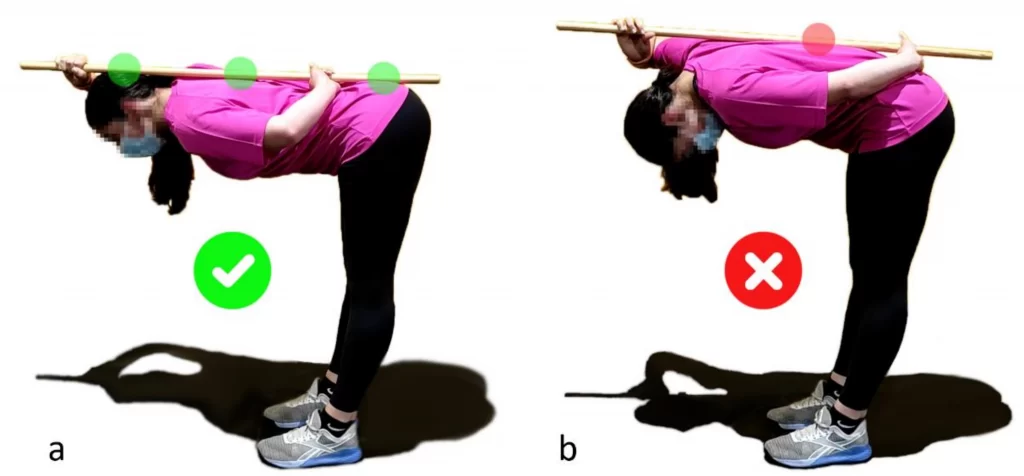
- For this exercise, you have to stand with slightly more than shoulder hip-width apart, toes pointing outwards.
- Put the dowel vertically to your back. hold one end with the left hand in the natural curve of the neck, and another end is held by your right hand.
- The dowel should be touching from upper back to buttocks. slowly shift your weight your heels and push your hips back towards the wall behind you, now hinge forward from the hips. When a hinge from the hips dowel contact should be maintained. Smoothly lower your trunk towards the ground, hold at this point your knee should be slightly bent at this point.
- Reverse this same movement by contracting your glute muscles ,and pushing your hip forward and upward to return to the initial position.
- You have to do hip hinge for 8 to 10 times for 3 to 4 sets.
- You can increase or decrease the number of repetitions according to your comfort.
This Common Mistakes happen while doing this exercise.
Equating the Move With a Squat
People will think that the hip hinge is equal to the squat but this is wrong both are different things. when you perform squat movement occurs from your knee joint and hip hinge movement occurs from the hip joint.
Not Engaging Your Core Muscles
In this exercise, your core muscles should be engaged throughout the exercise. if you relax those muscles then it will lead to lower back pain.
Using the Lower Back to Hinge
people misinterpreted the movement, they start the movement from the lower back instead of the hip joint.
Allowing the Dowel to Lose Contact With Your Body
You should maintain your neck straight not in a forwarding position. the dowel should be in contact with the neck buttocks and lower back throughout the movement.If you lose that contact then this exercise is in poor form.
When did you not do this exercise?
- If you feel any pain or discomfort during this exercise then stop immediately and consult your physical therapist.
- If your health care provider advised you to do only normal movements.
- If your leg bone is a fracture.
- If you are already suffering from back pain.

